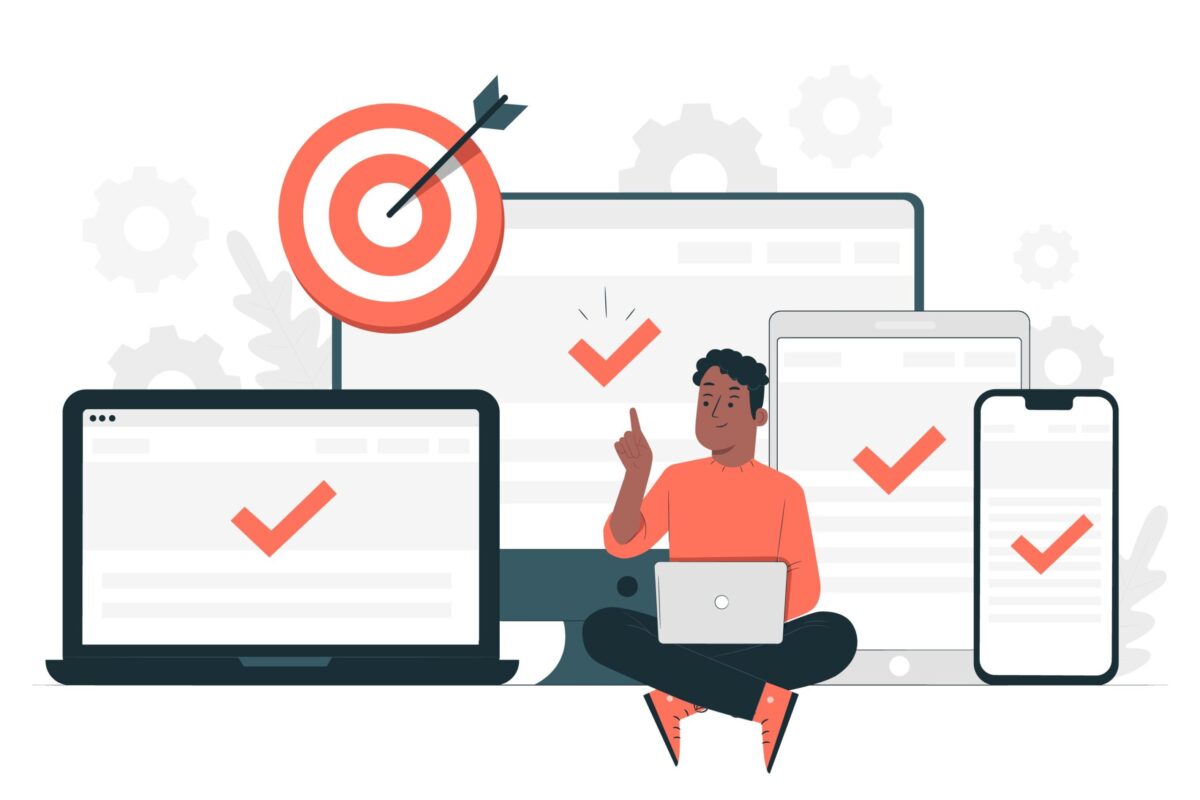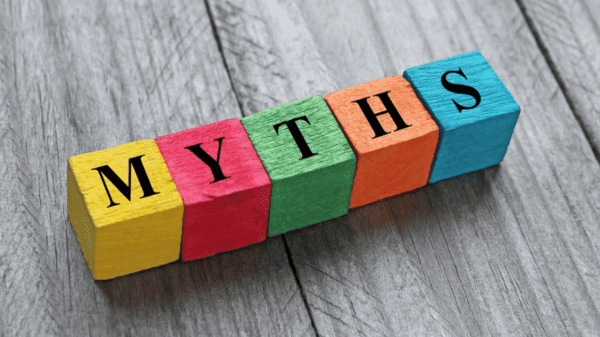Inbound marketing effectively targets the right audiences and converts them to customers. Direct selling is selling your products and services directly to customers without the middleman. Direct selling is unlike traditional selling, where products are showcased to many people in a retail store. Direct selling products are exclusive to its members and can not be found anywhere else. Direct selling does not require a physical store. It can take place at homes, offices, or cafes.
Direct selling avoids the expensive overhead of running a business, such as maintaining a store and advertising its products and services. Reaching new customers is quite a challenge as a direct seller. A direct selling business can use the power of inbound marketing to target the right audience and generate sales. Inbound marketing and direct selling have a lot in common. They don’t have a high overhead cost. They target audiences that can be potential customers.
Before learning more about inbound marketing, let us see what outbound marketing is and how it differs from inbound marketing.
What is Outbound Marketing?
Outbound marketing is marketing your business to a large audience who may or may not be your potential customers. Outbound marketing has been one of the biggest types of marketing in the marketing industry. A company or a business is advertised to a mass audience who do not turn into leads. It is also known as disruptive marketing because most individuals don’t need the product or service. The majority of marketing budgets are spent on Outbound marketing. Outbound marketing includes banners, cold calls, TV or radio advertising, etc.
What is Inbound Marketing?
Inbound marketing is marketing your business to a specific customer base. In inbound marketing, you create content about your product and services on the web. Customers interested in your business will reach out to you for your products and services. If customers like the product, they share it with others and become brand advocates. It is cost-effective and generates more leads. Example of inbound marketing includes blogs, social media posts, paid search marketing, etc.
How is Inbound Marketing different from Outbound Marketing?
Outbound marketing casts a wide net and hopes to capture customers by imposing its products and services. Outbound is an interruptive way of imposing a message on a person. It can be irritating if a person does not want that product or service. On the other hand, inbound marketing targets potential customers who need the product or service. Customers do not view this as an interruption but as useful information. It helps a person to know about the business and its products and make an informed decision.

Inbound Marketing stages.
Inbound marketing focuses on who you are rather than what you sell. Inbound marketing does not depend on aggressive marketing tactics but on a refined way of steering customers your way.
Following are the stages for effective inbound marketing.
1. Know your customers.
Knowing your customers is the key to inbound marketing strategy. Building a buyer persona will give you a picture of your customer base. Use social media interaction to build a buyer persona and design your content around it. Knowing the right questions about their shopping preference, ethnicity, domicile, age, and gender will help you build your buyer persona.
2. Build your Content.
Create a story surrounding your product that will resonate with the customers. Knowing your customer’s pain points will help you create content and address the issues. You can build content addressing topics such as Why they need the product? Are there similar products in the market? What are the drawbacks of such products? What are the benefits of your product?
Content can be social media posts, emails, blogs, videos, short video formats, pictures, or how-to guides.
3. Be sure your content works.
The main objective of inbound marketing is reaching the right people and generating customers. Creating content in a popular format is very important to reach customers. Rather than creating content based on the product, it is better to create content focusing on how the products will benefit your customers. It helps in building a more trusting and loyal bond with your customers.
4. Advertise your content.
Get your content online. The right social media platform for advertising your products is curial for a successful business. Make use of social media ads for your targeted audience. Social media ads use algorithms to target your ads to the right customer base. Engaging with your audience will help you build a positive bond with them and help you grow your business. Many social media marketing hacks will help you successfully run your business.
Conclusion.
In this digital age, inbound marketing can easily generate leads and turn them into loyal customers. Digital channels are effective ways to maintain an inbound marketing presence. It costs lesser than traditional marketing and generates more customers than it. Providing valuable content to your audience will help you convert them to customers. The power of inbound marketing couples beautifully with direct selling.
Read more about Major factors for Direct Selling Success










